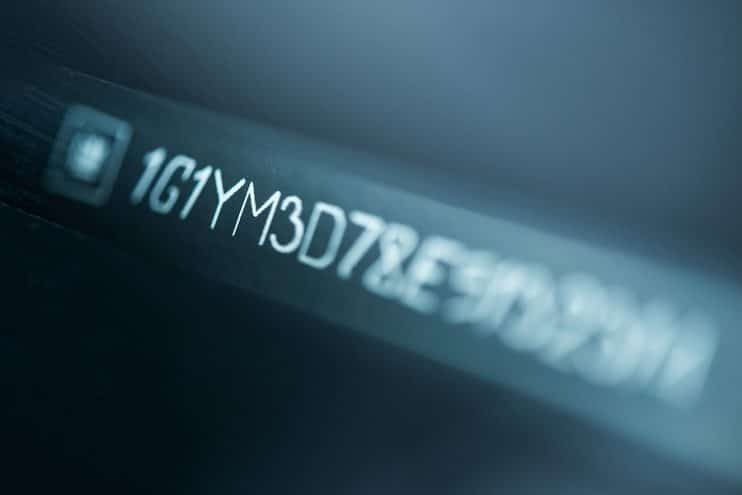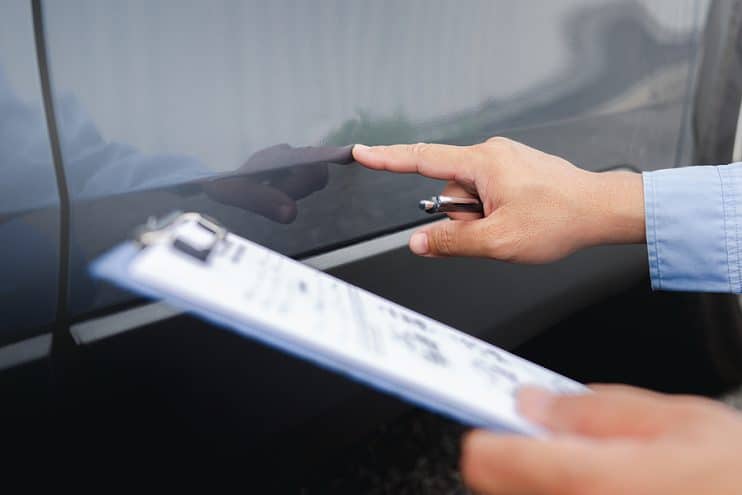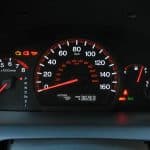
Over the years we’ve mentioned the dreaded cut and shut job many times. From the selling tricks of dodgy dealers to spotting cloned cars. Although this problem was more prevalent when there was less information and checks available to keep sellers and mechanics honest about this dastardly practice, it hasn’t disappeared completely.
Accidently buying a cut and shut unknowingly is disastrous. Not only is it illegal for someone to sell you a reconditioned write-off, but it is incredibly dangerous to the driver, any passengers and other road users. If it is involved in a crash it will literally fall apart. How can you avoid this potential catastrophe by spotting a cut and shut before you buy?
Table of contents:
What is a Cut and Shut?
A cut and shut is when the front end of a car that’s had extensive rear damage is welded to the back end of a car that’s had extensive front damage. These two sections are put together, turning the wreckage of two cars into a decent looking car. Appearances can be deceptive, of course. Usually, one of these cars will have been a write off, and should never be legally driven again.
Even with the best welders in the world the integrity of a cut and shut will always be several orders of magnitude below that of a factory made car. Factor in the probability that if the welding has been completed by crooked hands, then it’s likely to be a poor quality too with little respect of normal standards.

How Common are Cut and Shuts?
Even though regulations and tighter checks have decreased the number of cut and shuts out there, it is estimated that there are still around 30,000 on today’s roads, according to many expert sources. This means that there is a chance that someone might be trying to sell you a truly dodgy motor. Keep your eyes open and always be on guard.
The Danger Signs
Avoid potentially purchasing a cut and shut by performing the following checks and keeping one eye out for these red flags…
The offer
You know the old rule. If it seems too good to be true, the chances are there’s something not right. If the price is simply too low, the photos are grainy, there’s a stock image in the advert, then go with your gut. Always examine the car in good light, never the rain or the dark. Check out the seller too. Are they happy to help and not forcing the sale, or do they come across as evasive, constantly finding excuses for missing paperwork and history?
HPI check
Perform a quick HPI check to find out the chassis number of the registration plate on the car. This is a good way to find out if the chassis has been written off, but the true nature of a car can be hidden or disguised. Don’t take an HPI check as gospel – perform additional checks to really give yourself that peace of mind.
VIN number
Does the vehicle identification number (VIN) match up with the paperwork or have you seen 2 different numbers on the car? If so then you know the car is a cut and shut, no further questions needed. Some of the places you can find the VIN include the following:
- At the front of the engine block
- At the front of the car frame
- Inside the rear wheel well
- Inside the driver’s side door
- On the driver’s side doorpost
- In the boot, underneath the spare tyre
Paperwork
Whilst the paperwork won’t give you absolute answers any problems or dates that don’t add up should get the alarm bells ringing. You’re looking for irregularities in the finance history, strange unexplained gaps in the service history, and vital documents gone AWOL such as MOT certificates.

Panel problems
One of the most obvious physical signs of a cut and shut you’ll see is the panels not lining up, particularly where the back end of the roof meets the glass and back pillar. Unfortunately many cars will already have some kind of join here, and this can be used to shade off the work.
Paint job
If you are looking at a cut and shut then its highly likely that one of the cars will have been resprayed. Looking around the body, can you see changes in paint colours or mismatched shades? Are there traces of paint spray around the door handles and bodywork?
You’ll also want to examine the quality of the paint job. If there’s problems with wavy lines or a cloudy finish that doesn’t say well manufactured then start raising an eyebrow. Areas of special interest should be the bonnet, doors and boot lid.
Upholstery
If you suspect a car might be a cut and shut then look at the upholstery, such as the carpet in the boot or the trim around the edges of the door frame. Also examine the internal trims and look for mismatches between shades on the décor, all of which point to two different cars being linked up.
The Expert View
As with many checks there’s no hard and fast way to prove that a car is a cut and shut – if you don’t find problems with the VIN or chassis numbers. A fraudulent seller will attempt to throw you off the scent, offering false reassurances at every turn. If you smell a rat, but still think there’s a chance you might want to purchase a car then get an expert mechanic to have a look. Or don’t risk it and find another seller. Always make sure you avoid buying when you have doubt in your mind.













.png)